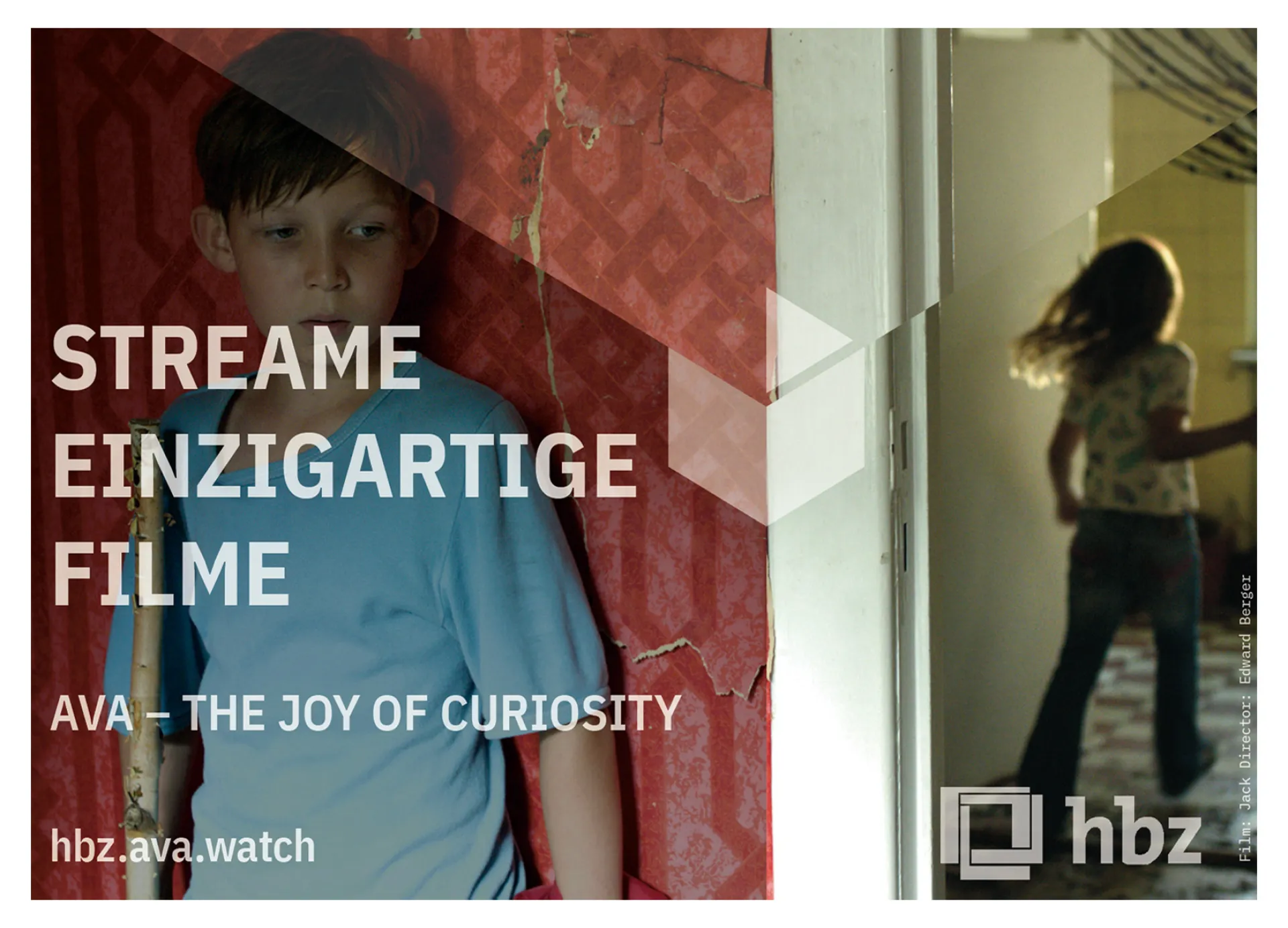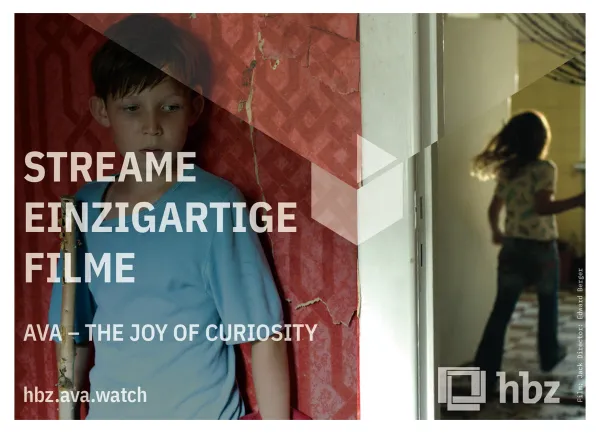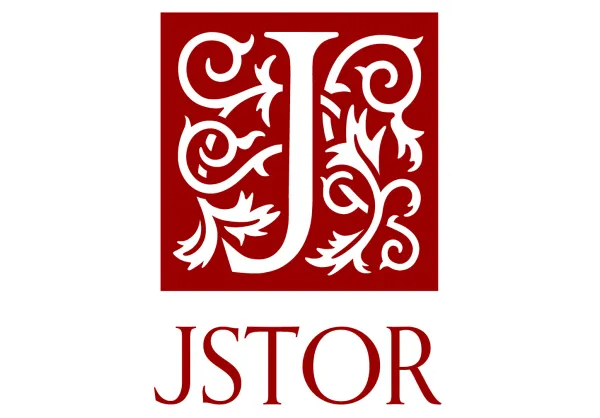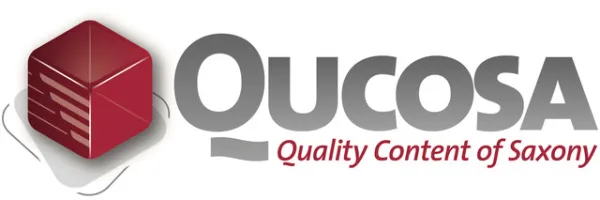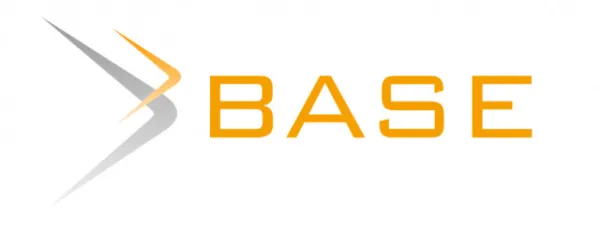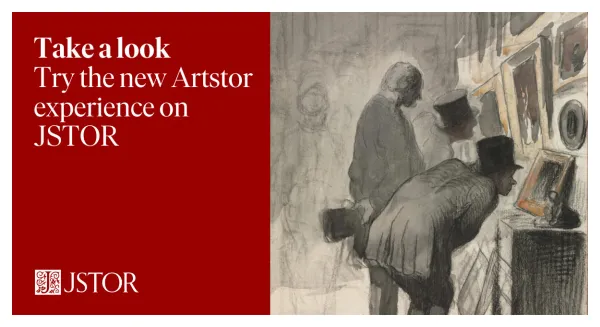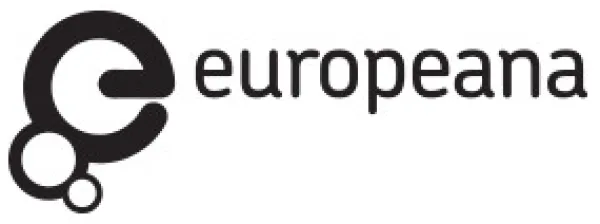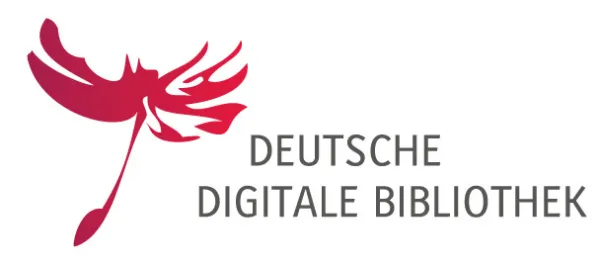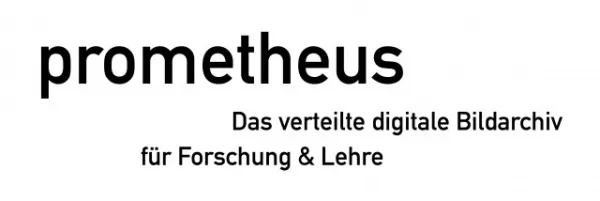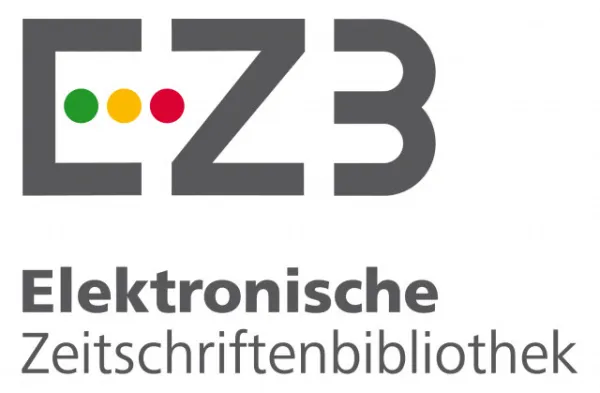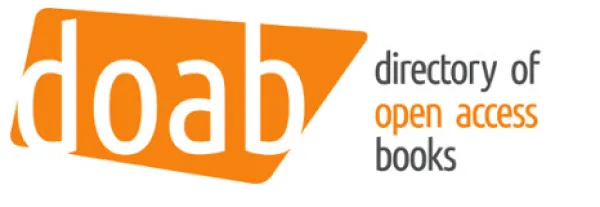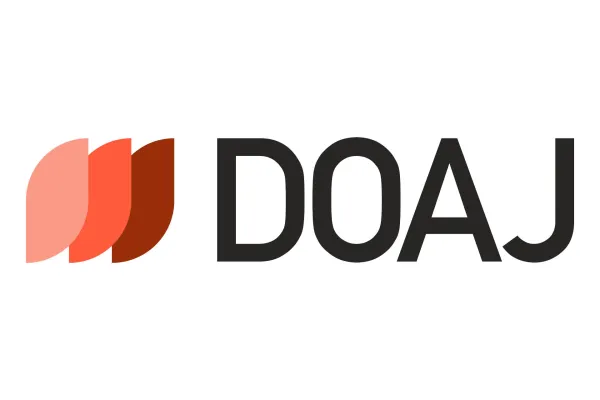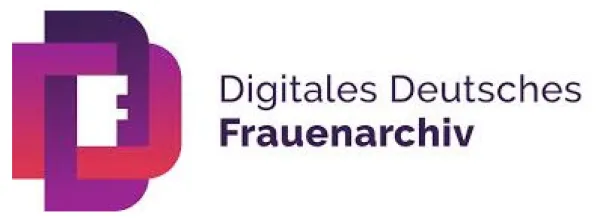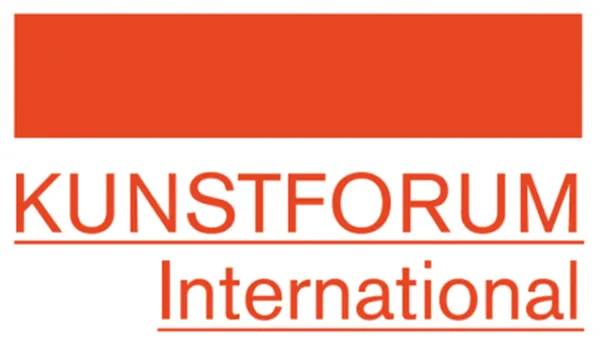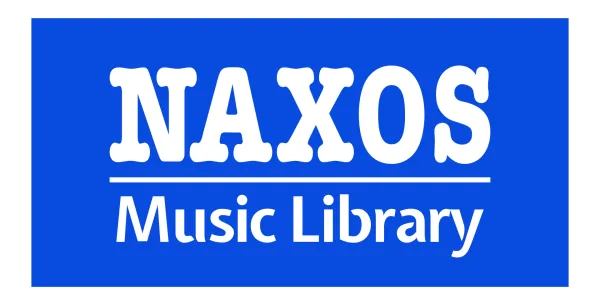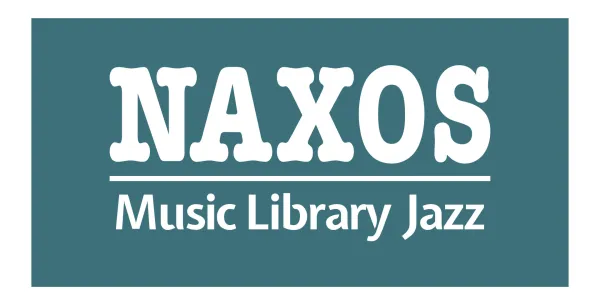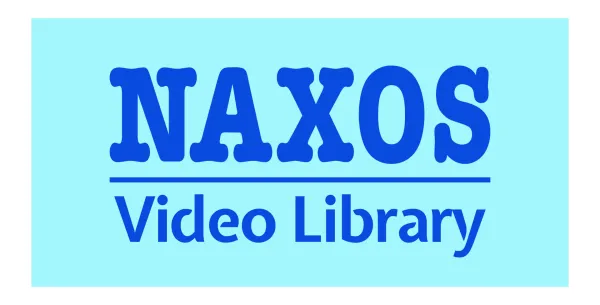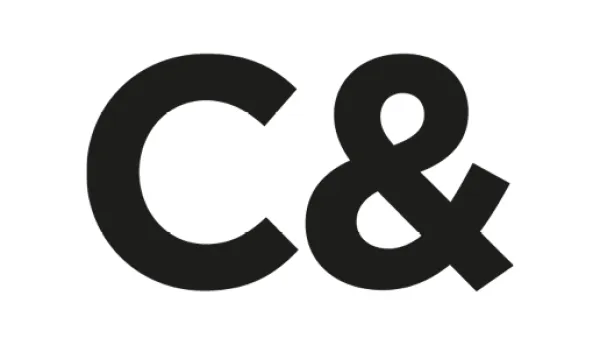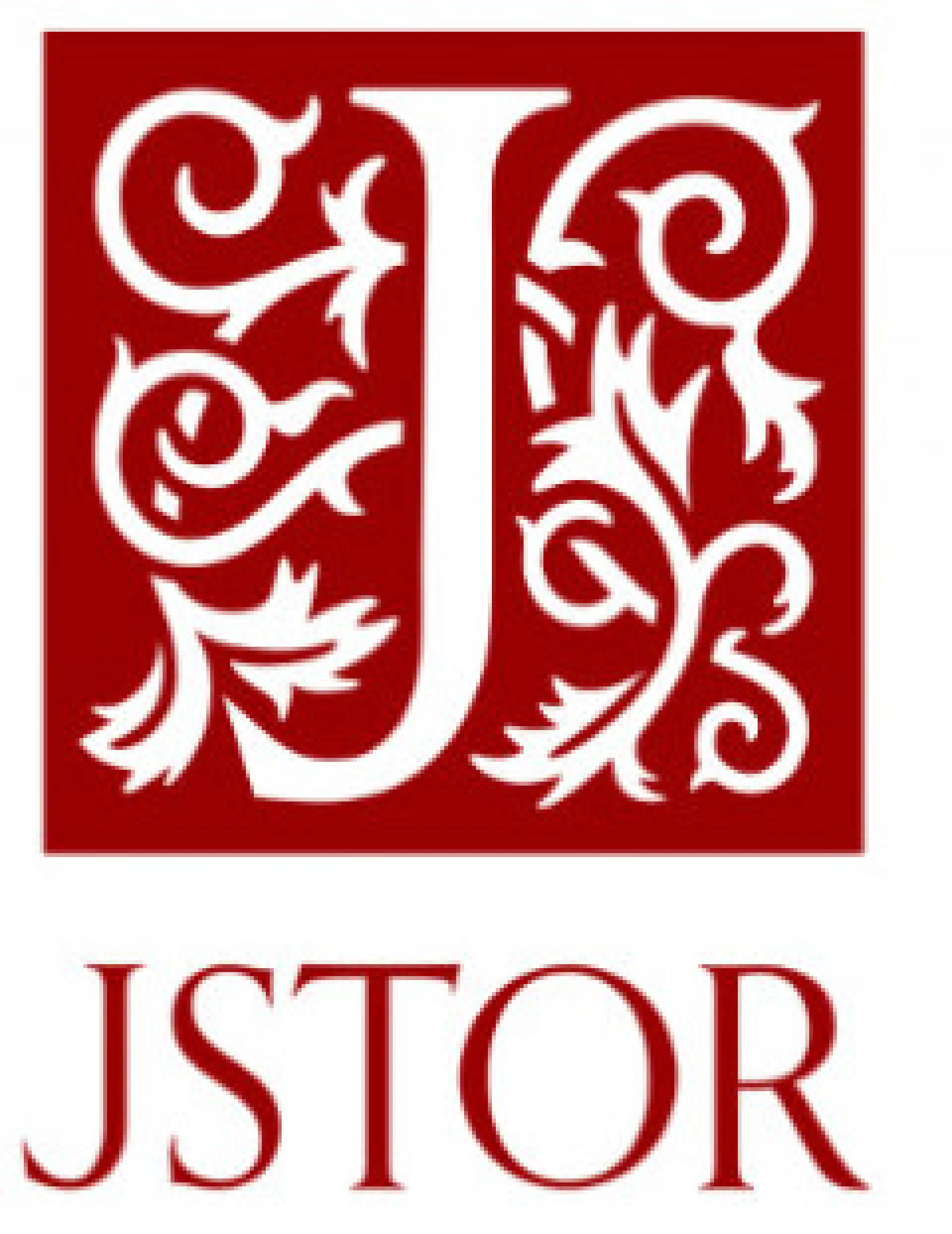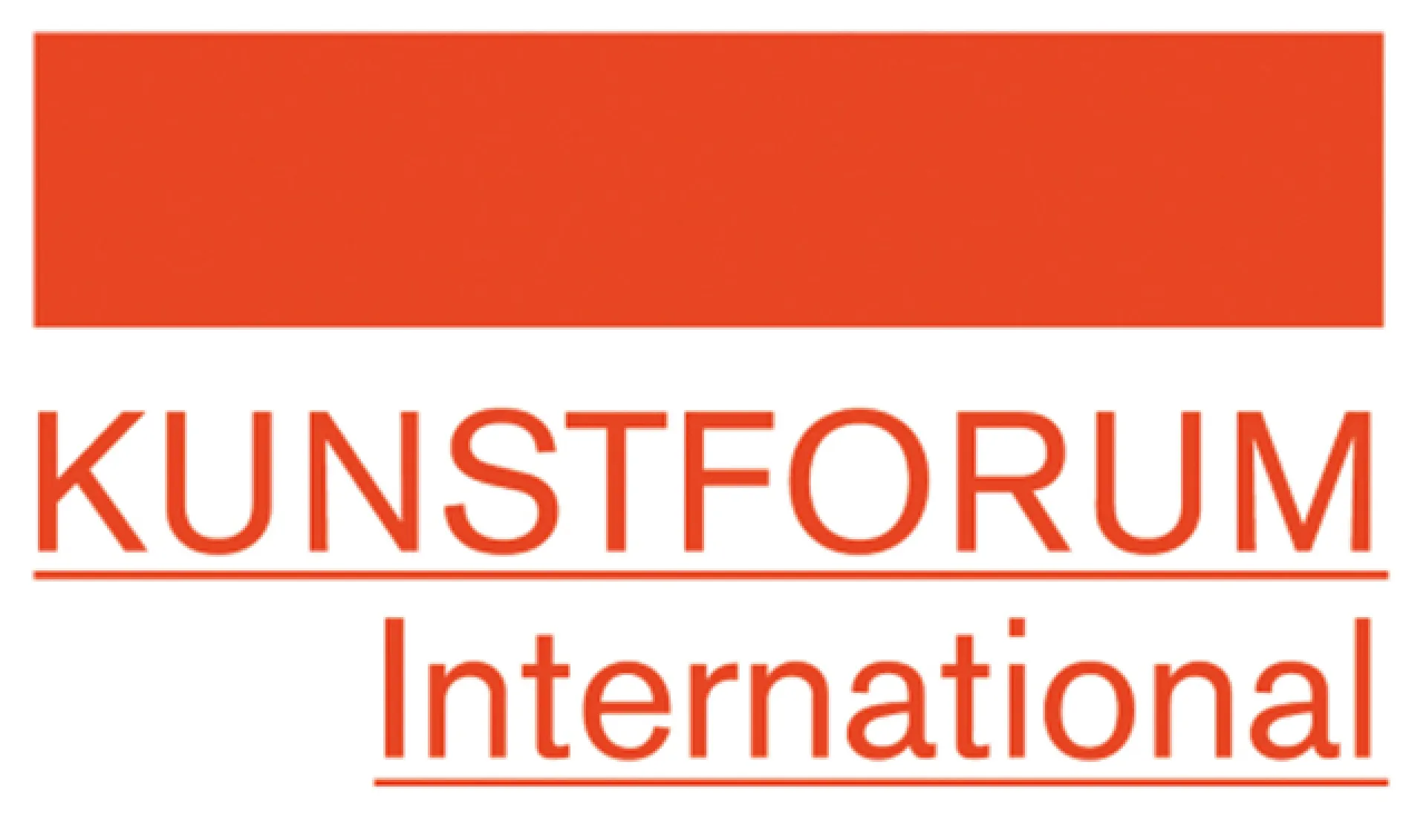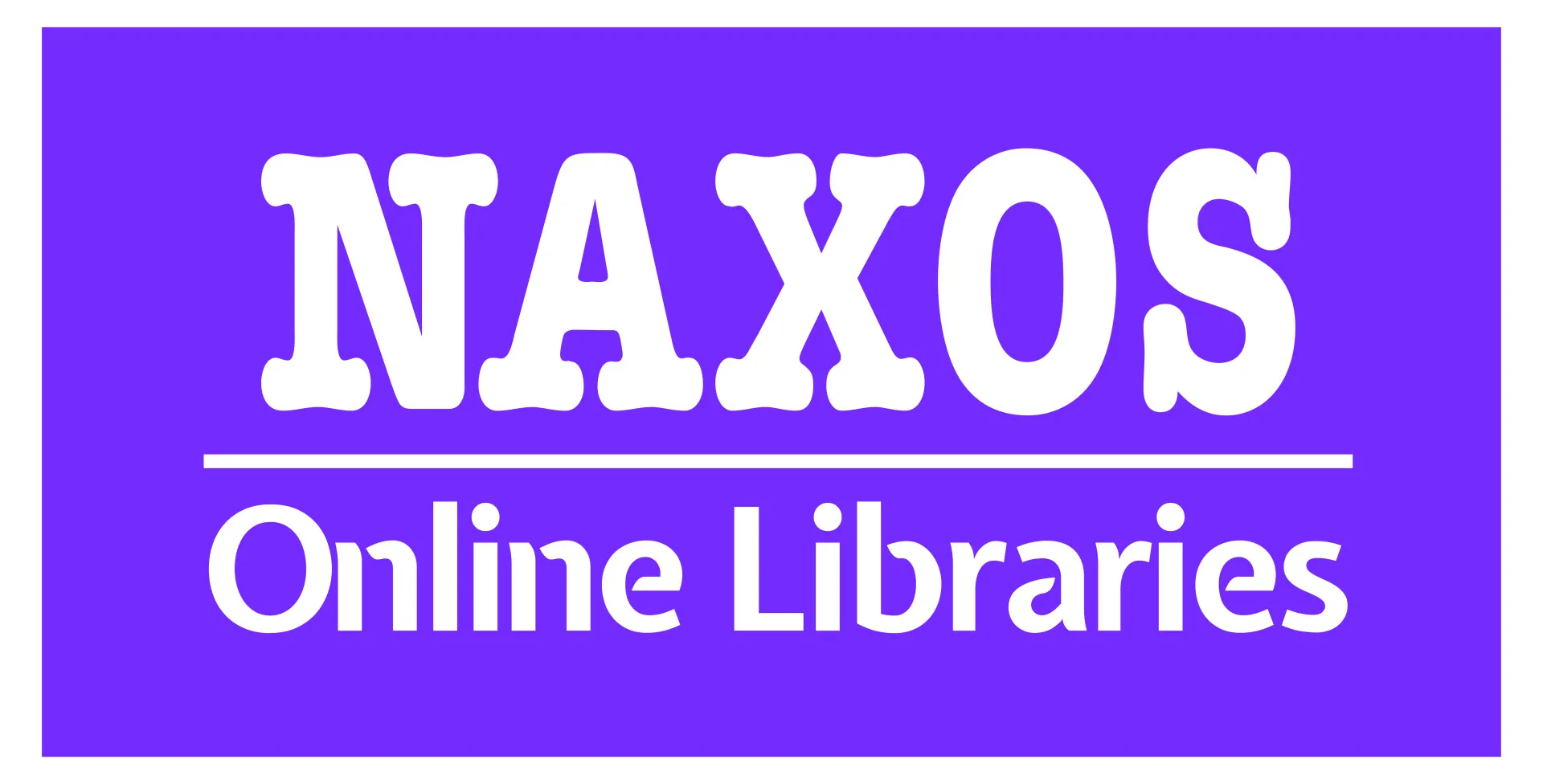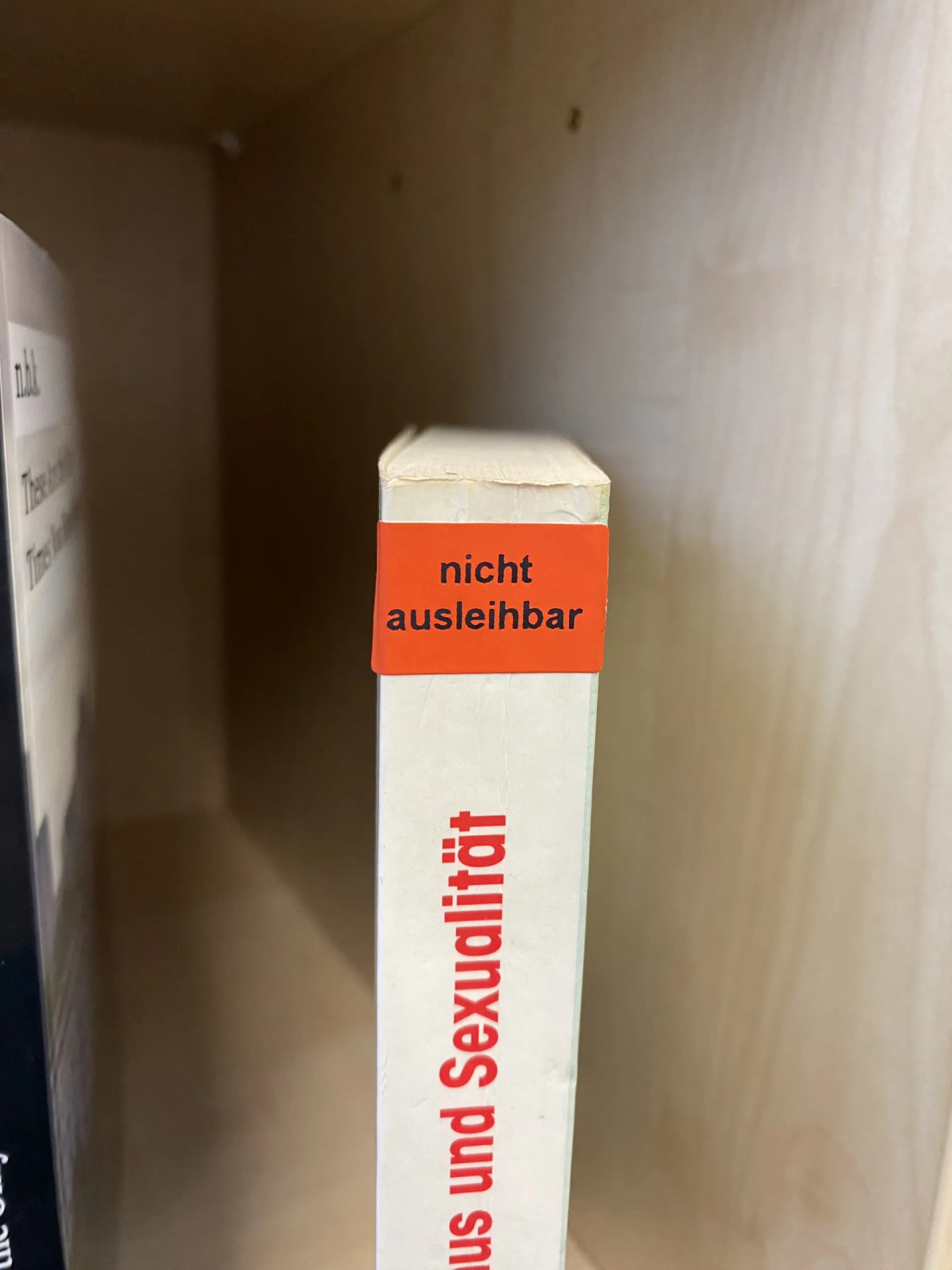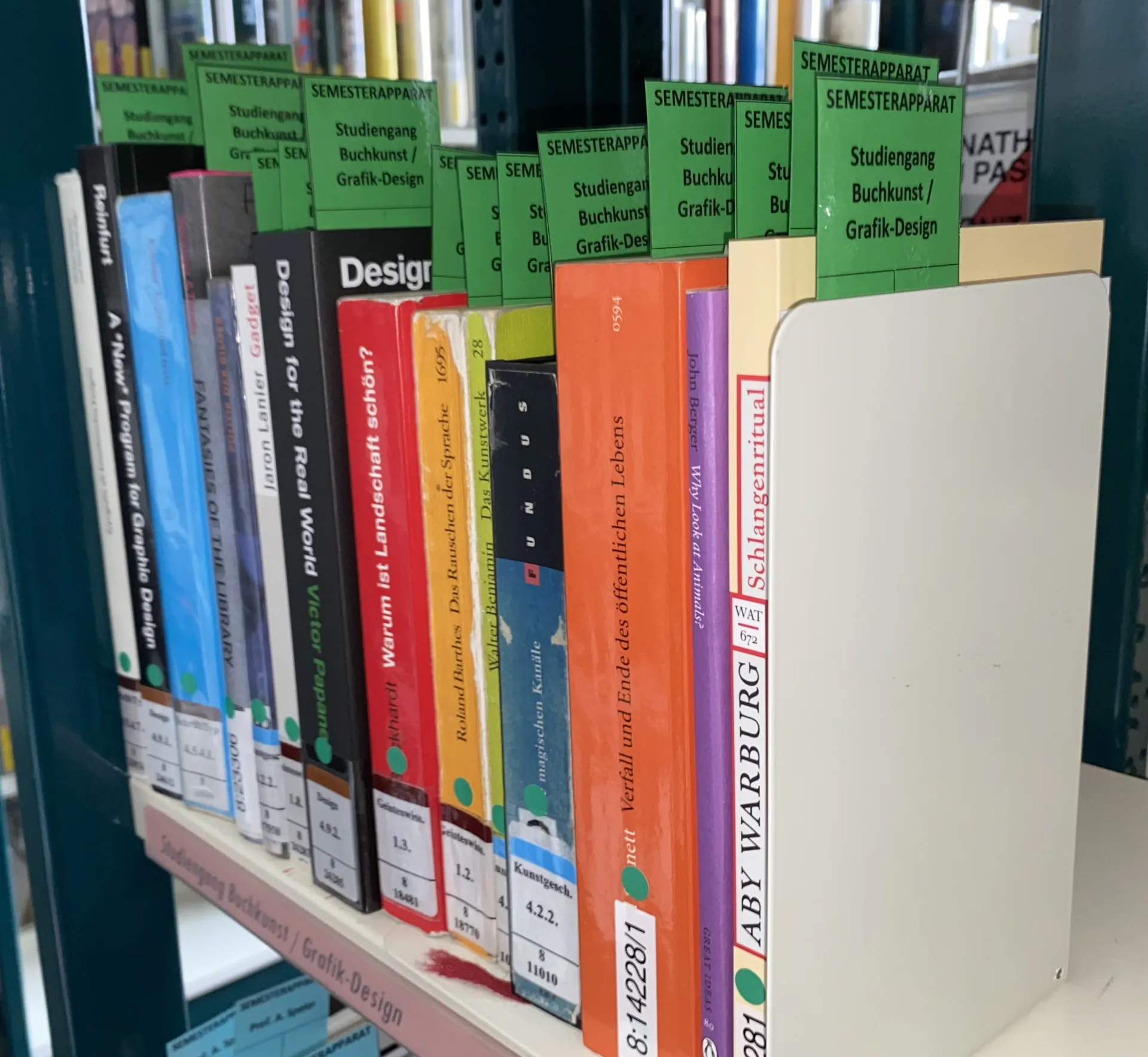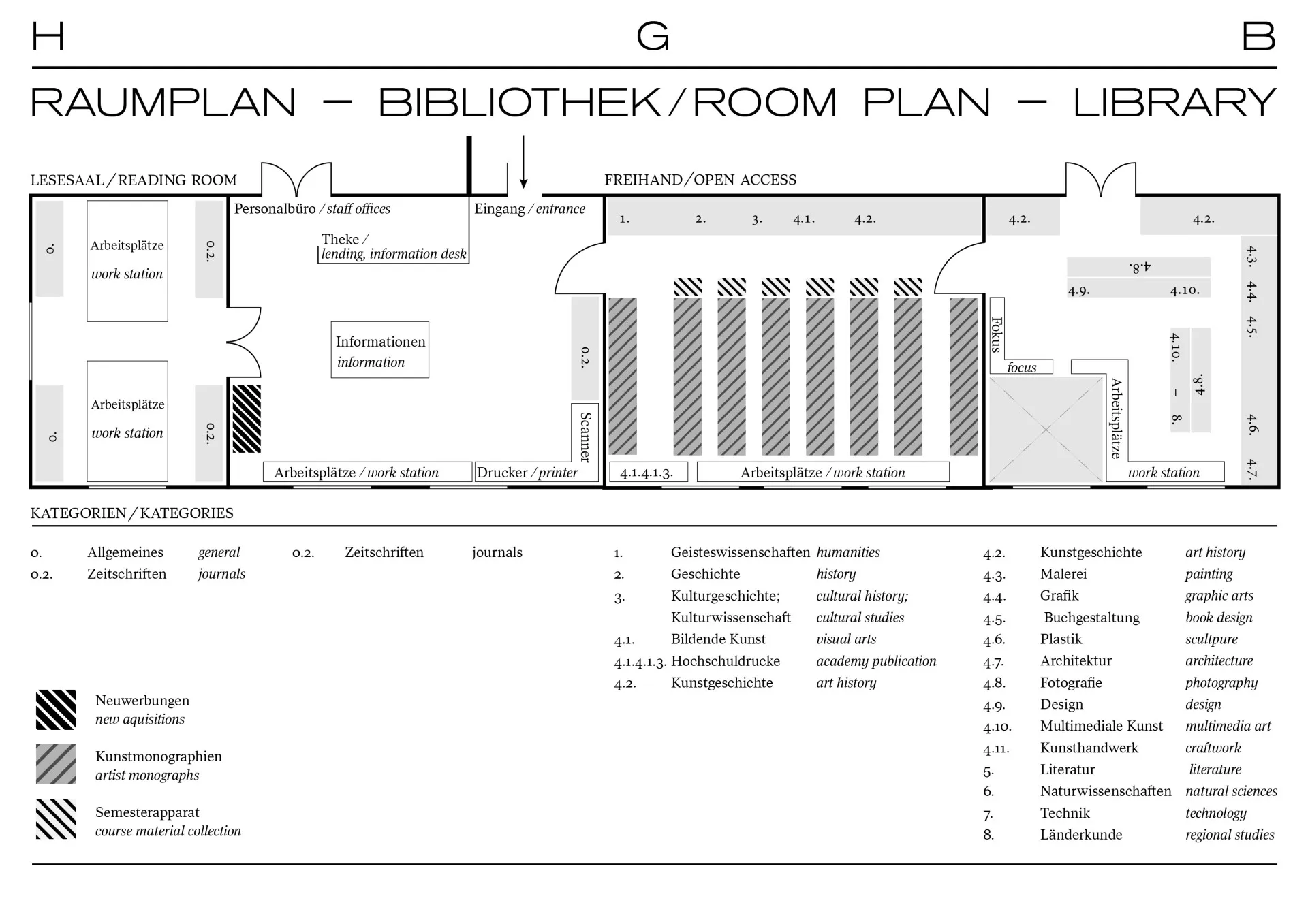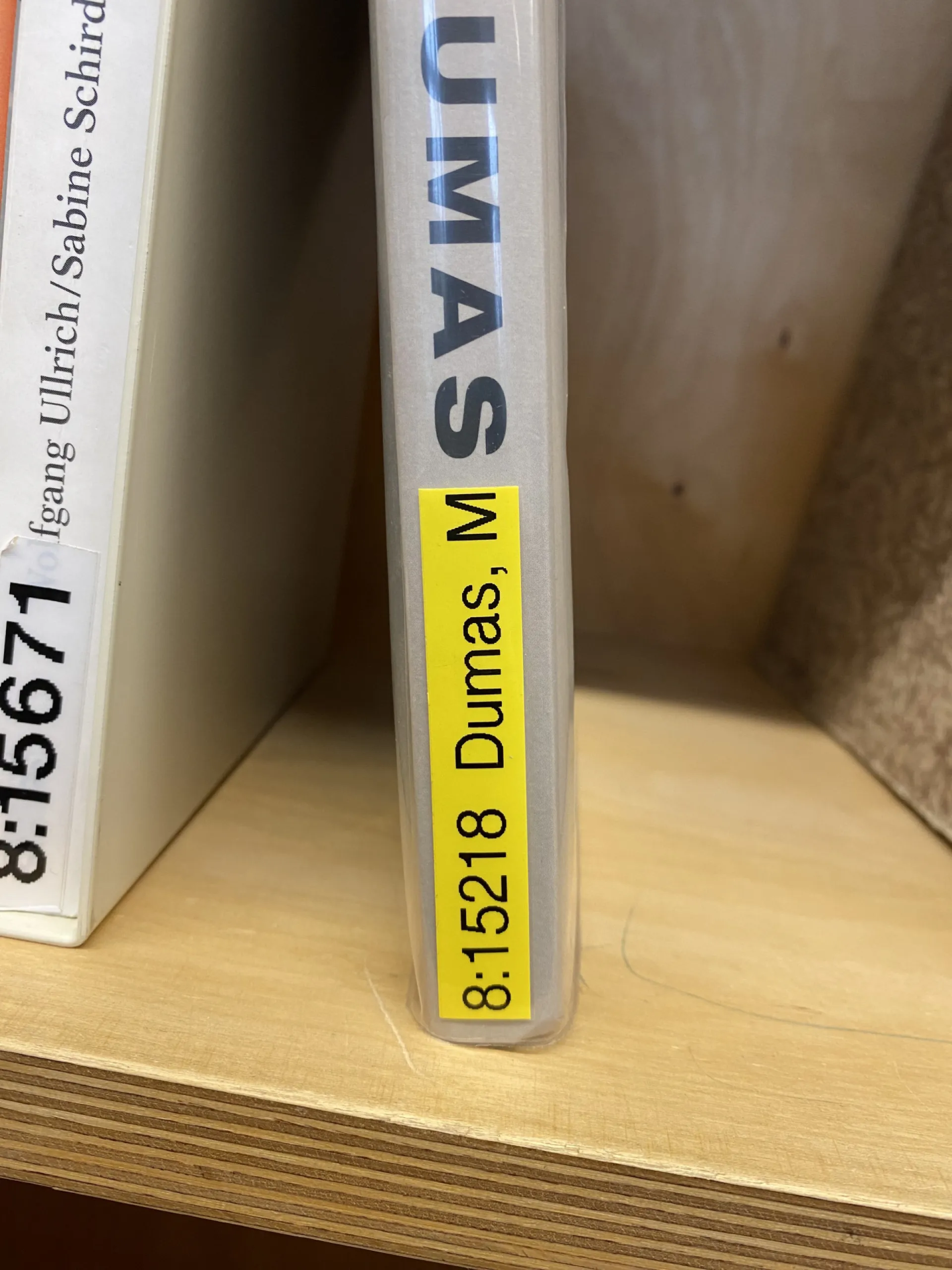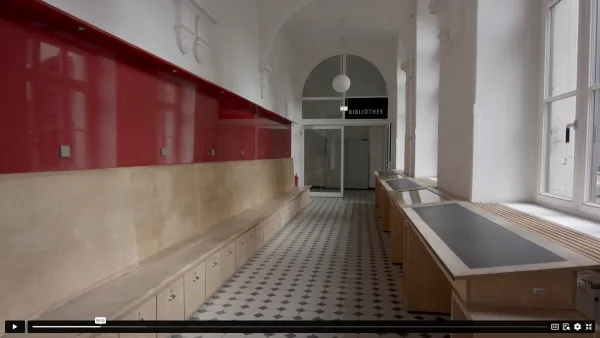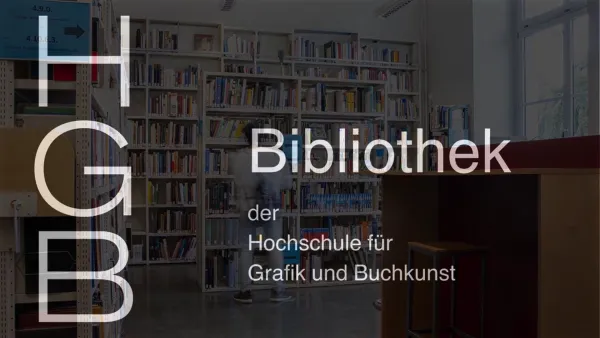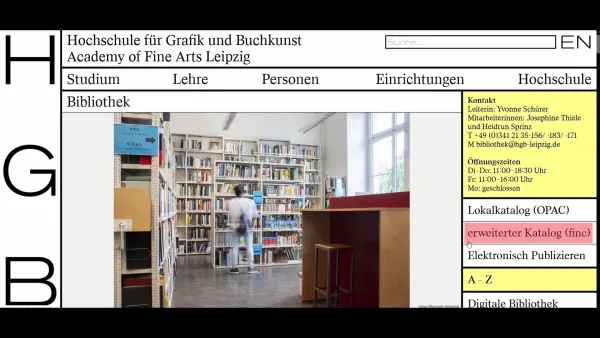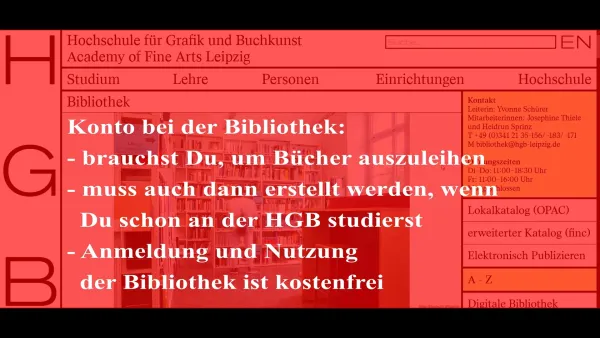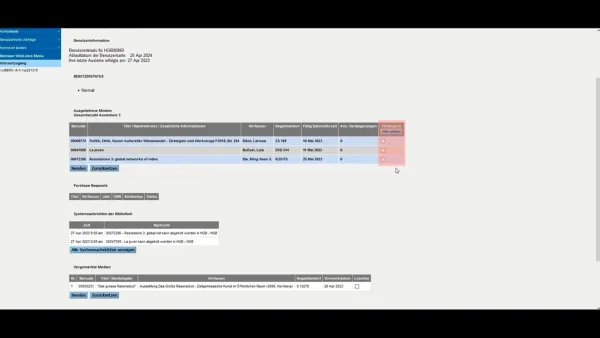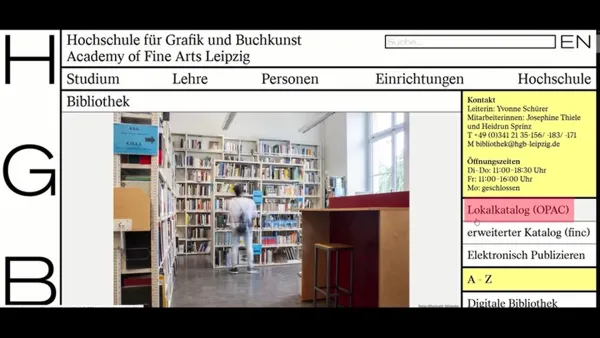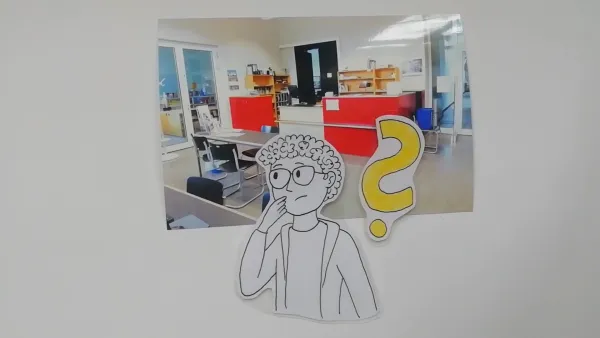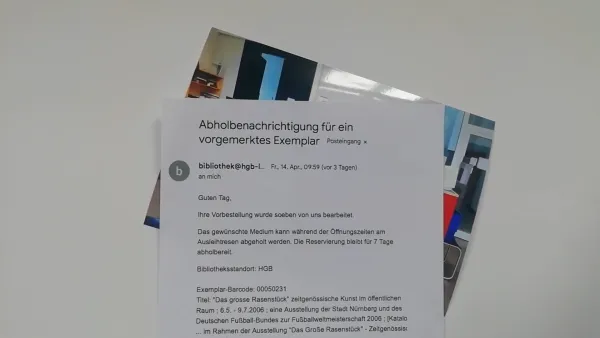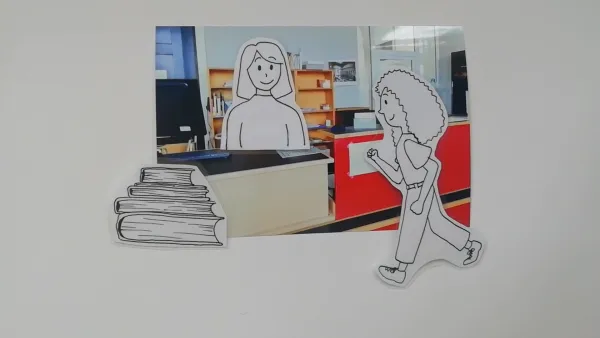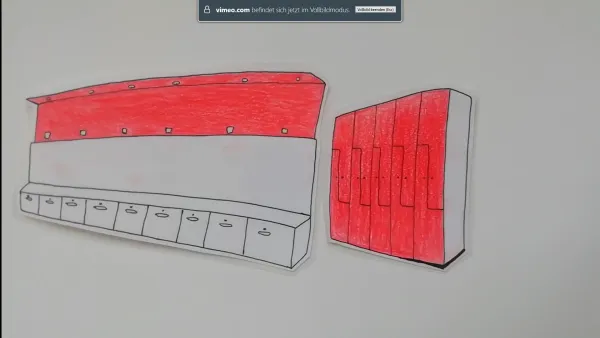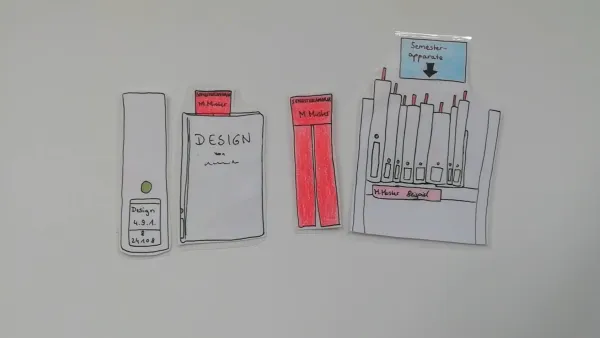If there is a question while using the library or you need help and inspiration finding literature, please speak to the library staff at the issue desk. You can also contact us via mail or phone. The numbers and addresses are mentioned at “Contact”.
Here you can find the current declaration for accessibility from the Academy of Fine Arts Leipzig.The barrier-free access to the main building and the gallery of the Academy of Fine Arts is possible via the driveway Grassistraße and the inner courtyard.
The library is accessible barrier-free.
In case you cannot find a desired title in our stock, it is possible to submit a purchase suggestion.
Please use the online form in the local catalogue (menu bar on the left – „Purchase suggestion“). After sending your suggestion, the library employees are deciding if the title is going to be purchased or not, according to its relevance for the academy.
The usage of the library is generally free of charge and possible for non-academy members. The personal application in the library happens with your personal ID card or a registration card and your student card in case you are a student. You can speed up the process of application by already signing up in our local catalogue (menu bar on the left – „Sign up“) before your library visit.
Here you can find the form, which has to be filled in additionally.
Here you can find information on the protection of data privacy while the process of application.
Sign-out
It is possible to delete your user account if you are not interested in a library membership anymore. In that case, please talk to the library staff at the issue desk. We can only delete your data if your library account is free of lending and fees. Students of the academy of Fine Arts Leipzig can still use the library free of charge after de-registration. The library account persists, but you will get a new library card.
The ARTstor image database allows users to search over 2.5 million images from art collections, museums, international collections of art, architecture, humanities and natural sciences. These include 360-degree panoramic views of buildings from all over the world.
ARTstor migrated to JSTOR on 1 August 2024. The content is now available via the JSTOR image search and is free of charge for academy members (also from outside the academy-premises). To log in, the institution must first be selected, then you can use the details of your HGB e-mail account.
AVA (Audio Visual Access) Library is a streaming service specifically designed for libraries, offering international art-house films. More information about AVA can be found here.
As a member of the university, you can also access AVA for free from home. To do so, you need to first select your institution during login, after which you can log in using your HGB email account credentials. Follow this link to the streaming service.
The different kinds of catalogues, in which the collection of the HGB library is listed, are findable at „Research“. There you can also find catalogues of other libraries in Leipzig or possibilities for interregional research.
We recommend the usage of the Discoverysystem finc and/or the local catalogue.
In library science, a classification means a systematization, which is used to array a library collection thematically. Contextual related literature is therefore associated in the same group. The HGB library uses an in-house overall classification to arrange media.In the open access area of the library, you can also find a separation after functional groups, the so-called “Shelf classification” (see “Shelf classification”). It is a shortened version of the overall classification.
The overall classification can be useful for researching (in addition to keywords). In the Discoverysystem finc you can search for a certain placements in the classification and for notations. When you want to research for media that thematise the early time of photography for example, you can search with the notation 4.8.3.1.
You can find the notations (see “Notation”) in front of every functional group. It is a combination of numbers and letters, which describes these groups and shows their hierarchy. The following example shows the functional group “4.8.3.1. History of development of photography until ca. 19th century” (German: 4.8.3.1. - Entwicklungsgeschichte der Fotografie: bis ca. 19. Jahrhundert“).
The notation is not identical with the position of a medium within the library, even if the often numbers are similar. For viewing a position of a medium you have to look at the “Exemplarinformationen” at the bottom of the page.
Head of library: Yvonne Schürer
T: +49 (0)341 21 35-171
M: schuerer@hgb-leipzig.de
Employees: Josephine Thiele und Heidrun Sprinz
T: +49 (0)341 21 35 -183
M: thiele@hgb-leipzig.de / sprinz@hgb-leipzig.de
Issue desk / general requests:
M: bibliothek@hgb-leipzig.de
T: +49 (0)341 21 35-156
Please look at the point „Print and copy“ to find information about copying in the library.
Upon receipt of each item, users are responsible to check its condition and report any existing damages immediately. If the user fails to do so, it will be assumed that they received the item in an undamaged condition. The user must replace any lost or damaged media. More specifically, the HGB Library may request the user to restore the item to its previous condition, acquire at the user’s expense a replacement, equivalent item or reproduction, or determine appropriate monetary compensation. Additionally, the HGB Library may seek compensation for the loss of value not covered by these measures.
These guidelines are determined in §14 User Responsibilities and Liability for Damages of the library regulations.The digital library contains date bases, portals and researching tools, which are specialised for the teaching of the academy. They are described in the following.
Academy members have access to the offers, licenced by the HGB, via IP-interrogation inside of the buildings and partly via Shibboleth from outside of the academy buildings. Non-academy members can use the free open access offers.
Please pay attention to the terms of licenses of the individual institutions!
Finc also offers many ways of researching e.g. aimed search after media formats, languages or fields.
You can also find the form on the door of Dr U. Klaus (Room 1.39). It also has to be submitted to him to have access to Eduroam. The document is unfortunately only available in german right now.
Fees of the Library are determined in the Schedule of Fees of the Academy of Fine Arts in Appendix 2.
They are to be paid in cash at the issue desk.
Different fees, which can arise while using the library, are explained in the following:
1. Late Fees
a) For usage beyond the loan period (per started week and media unit): 1.00€ (but 25.00€ at most)
b) for a short loan period (per day and media unit): 2,50€ (but 25,00€ at most)
c) Processing fee for overdue media reminder: 1.50€
2. Acquisition and replacement, repair and compensation for damages
a) Compensation for the replacement of library items lost by the user: in each case as incurred in full
b) Processing fee for indexing the substitute: 40.00€
c) Repair of library items damaged by the user: in each case as incurred in full
d) Lesser damages to library items caused by the user: according to the value of the object and extent of damage
e) Processing fee for the repair and replacement of locks following the loss of a key: 20.00€
3. Reissue of library card: 5,00€
4. Copies and prints
- up to DIN A4 b/w: 0.10€
- Print A4 b/w: 0.04€
- Print A4 colour: 0.40€
5. The addressee of postal mail is responsible to pay for postage
The history of the Library begins with the inauguration of principal Ludwig Nieper in 1872. As part of the reorganization of the Königliche Akademie der Bildenden Künste zu Leipzig, the Library was founded in the northwest wing of the Pleissenburg. Basis was a donation of artbooks and textbooks by the publishing house E.A. Seemann. The original book collection comprised only 155 titles, but by purchasing and receiving other gifts, the Library held 235 volumes in December 1879.
From 1890, the Library was managed full-time and expanded successively. In 1930, there were around 6,000 prints and over 25,000 sheets of a graphic collection in the Library. In the meantime, the holdings have multiplied to approximately 65,000 media units, but the Library continues to pursue the original task of providing relevant literature for the studies at the Academy. for the studies at the Academy.
The menu item “Journal Search” in the local catalogue allows the targeted research by title of some journals.
Academy members are allowed to use Jstor at home for free. For that, you have to choose the login via institution and then you can apply with the login data of your HGB mail account.
Here you can find a short instruction for Jstor in German.
To decipher a document thematically and search targeted for a certain content, it is especially useful to allocate key- and catchwords.
Keyword
A keyword (ger.: Schlagwort) describes a term (as short as possible) which reflects the content of a publication. They are determined after consistent rules and normally in singular. Furthermore, they do not have to appear inevitable in the document itself.
The determined keywords are shown in the catalogues of the library while researching. This enables the targeted search for other, thematically similar literature.
Catchword
A catchword (ger. Stichwort) applies when documents are publicized recently and not deciphered thematically yet. Catchwords are terms that appear in the document itself (mostly in the title or the abstract) and are important for the meaning and content of the publication.
Example for the difference between keywords and catchwords
A publication with the title “Under lock and key” receives the catchwords “lock” and “key”. By researching with catchwords in this case, many irrelevant results will appear e.g. lock (of hair) or key (in the meaning of legend). The appropriate keywords for the content of the medium are for example “imprisonment” or “penal system”.
The allocation of keywords and the search with them allows a more specific discovery of relevant publications.
Academy members are allowed to use the Kunstforum international online archive at home free of charge. For that, you have to choose the login via institution and then you can apply with the login data of your HGB mail account.
Your personal library account is accessible through our discovery system (finc) (menu bar on the top, right – „My Account“). There you can see your current lendings and reservations, as well as your fees. Besides that, you can extend the loan period (only if possible and not reserved by another user) as well as view and change your personal data.
The user number on your student- or library card (e.g. HGB01234) and your password is necessary to login to the account. The default password is your birthday (DDMMYYYY).
You'll also need to enter these login details when ordering items from the closed stock (MAGAZIN) or reserving media that are currently on loan.
Students of the Academy of Fine Arts Leipzig can use their student ID as a library card since the winter semester of 2022/23.
The card is required for lending and other requests about your user account.
The library offers German as well as English introductions in the library at the beginning of every semester. There you can learn about the collections and the stock of the library, as well as its modalities about usage and lending. Besides that, the research in different kinds of catalogues and databases is shown and the process of applying and ordering from the closed stock.
Employees of the Academy of Fine Arts Leipzig also gain information about how to express purchase suggestions and the creation of a Semesterapparat.
Dates are announced in time via Mail for all academy members. Non-academy members, who are interested in an introduction, are asked to send an E-Mail for arranging an appointment.
• Books: 4 weeks - up to 4 renewals possible
• DVDs, CD-ROMs etc.: 2 weeks - 1 renewal possible
• Bound periodicals: 2 weeks - up to 2 renewal possible
• Unbound periodicals: 1 week - no renewal possible
• Locker keys: 3 days – no renewal possible
• “Semesterapparate”: 1 or 7 days – no renewal possible
Registered users can lend up to 25 items (including a maximum of five DVDs).
Loan periods can be extended on the user account 10 days before the deadline expires. Extensions are only possible if the media has not been pre-ordered by someone else.
Loan periods for HGB-members are different, please ask the Librarians for further information.
Naxos Records is the world’s leading classical music label as measured by the number of new recordings it releases and the depth and breadth of its catalogue. Naxos was founded in 1987 by Klaus Heymann, a German-born entrepreneur based in Hong Kong. The record label, has transformed into a virtual encyclopaedia of classical music with a catalogue of unparalleled depth and breadth. Innovative strategies for recording exciting new repertoire with exceptional talent have enabled Naxos Records to develop one of the largest and fastest-growing catalogues of unduplicated repertoire. Some 11,000 titles are currently available, recorded in state-of- the-art sound, both in hard format and on digital platforms. Naxos works with artists of the highest calibre and its recordings have been recognised with numerous GRAMMY awards, Penguin Guide 3-star recommendations, Gramophone Editor’s Choice Awards and many other international honours.
(Source: https://www.naxos.com/p/v/about-us)
Academy members can access three streaming options from Naxos for free.
Click here for the Naxos music Library.
Click here for the Naxos Music Library Jazz.
Click here for the Naxos Video Library. (Can only be used in the HGB network)
Besides that, all new acquisitions are listed in the Local catalogue under the point “New Items List”.
In library science, the term notation is a combination of numbers or letters, which describe where a medium in a functional group within a certain classification system belongs (see “Classification”). The notation is part of the signature in some libraries, but not in the library of the HGB.
The different notations are displayed of a title in the Discovery system finc. They state in which group a medium thematically belongs. The library of the HGB has its own notations. Their composition is shown by clicking the drop-down menu.
The notation is not the position of a medium within the library, even if the numbers often are similar. They are only used as a thematically way of researching (besides keywords).
The following example shows the HGB-notations of the title “The photographic art of William Henry Fox Talbot” (4:13082).
The title has the notation 4.8.3.1. and is therefore affiliated to the group “4.8.3.1. History of development of photography until ca. 19th century” (German: 4.8.3.1. - Entwicklungsgeschichte der Fotografie: bis ca. 19. Jahrhundert“).
| Lecture period | Lecture-free period |
| Mo: closed | Mo: closed |
| Tue-Thu: 11am – 6.30pm | Tue-Thu: 11pm – 4pm |
| Fr: 11am – 4pm | Fr: 11am – 3pm |
The library remains closed on weekends and holidays, as well as the Friday after Ascension Day and the days between Christmas and New Year. We will inform in time about the closing in summer.
Media with the position “Magazin” (closed stack), “Hochschuldruck” (academy printings) or “Sonderstandort” (special location) are not freely accessible for the users and have to be ordered. This can be done via reservation-feature in the local catalogue or by filling out an order form directly at the issue desk in the library.
If the medium is available, it is usually ready for usage the next open day after ordering. You will receive a notification via Mail. If the medium is currently lend, you will receive this E-Mail when it is available again.
Please pay attention to the corresponding hints of the information about location and copies in the local catalogue and control the released orders and reservations in your library account.
Library users have the possibility to print and copy in the library. The printer is located next to the scanner in the entrance area. The access is only possible from one of the computer workstations. Although it is not allowed to use and connect an external storage medium (e.g. USB flash drive). If the file is not accessible online, we suggest sending yourself a mail with the file, to print it out. Please note that only academy members are allowed to have nearly unrestricted internet access, after the login with the data of your HGB-Mail-Account.
It is only possible to print black and white in an A4 format and each page costs 0.04€, which can be paid at the issue desk. For coloured prints ( which cost 0.40€ per page) and b/w copies (which cost 0.10€ per page), please speak to the library staff.
In the following documents, you can find information about the protection of data privacy while applying to and using the library.
Data privacy statement while applying in the local catalogue.
Data protection information according to Art.13 DS-GVO for the user administration of the Library of the Academy of Fine Arts Leipzig.
This concerns mainly very rare or valuable copies and fragile or old ones, published before 1930.
In general non-lendable are: current journal issues, diploma theses, media with special location or media with a red “non-lendable” (nicht ausleihbar) tag.
We will send postal reminders to the users in case of violation or expiration of the lending period of media.
Thereby it comes to overdue fines of 1.00€ per medium per week, as well as a processing fee of 1.50€ and postage for the addressee.
If there is no reaction from the user since the second reminder, we will send a third one by registered mail. By repetitive no reaction,
we will assume the loss of the media and are obliged to bring it to account.
The process is committed to the financial department of Saxony and can even lead to the bailiff.
To avoid fees, we established an e-mail reminder 4 days before the ending of the loan period free of charge.
The deadline is independent from this message and has to be respected even if you do not receive a message like this due to technical issues.
More information on accruing fees while using the library you can find under “Fees”.
The finc-Discovery System is a search engine based catalogue interface with the possibility to search in the media collection of the HGB as well as in the collections of the following institutions: UB (University Library) Leipzig, HMT (University of Music and Theater Felix Mendelssohn Bartholdy) Leipzig and Halle 14. finc offers numerous additional research possibilities, as selective search for media formats, languages, fields etc.
The OPAC (Online Public Access Catalogue) is the traditional public online catalogue that lists the library media inventory. When searching for Academic prints and theses, please contact the archive.
The regional discovery system Lerχe is a one stop research solution for numerous libraries and archives in the science region Leipzig. It is also known as Discovery Service for Leipzig’s Science Community.
An overview of all libraries in Leipzig offers the website Bibliotheken und Archive in Leipzig. This portal is a project of students of the Leipzig University of Applied Sciences. The following libraries are important to be mentioned for (visual) artists and enthusiasts:
Stocking almost 100,000 volumes, the Leipzig Museum of Fine Arts Reference Library for aesthetics and art history is among Germany’s largest museum libraries. The inventory focuses on art and art history from the 17th to the 19th century. In addition to a rich collection of historical and current artists’ monographies and otherwise barely traceable exhibition- and auction- catalogues, one can find significant source material in aesthetics and art history and also guides through the important European art scenes. Reference use only.
The Library of the Grassi Museum für angewandte Kunst (Museum of Applied Arts) offers a comprehensive 60,000 volumes historical and artistic book inventory. They also keep a valuable journal collection, a cover collection and a special stock of books on architecture. The graphic collection includes an exemplary collection of 50,000 sheets, a photographic collection and a poster collection. Reference use only.
The library of the Galerie für Zeitgenössiche Kunst Leipzig (Leipzig Museum of Contemporary Art) owns a collection of about 30,000 items. The main subjects are urban development, art in the public space, art mediation and art educational theory. Moreover, one can find rare literature on art theory, art sociology and other art-related subjects. Reference use only.
More than 35,000 books, media and other materials, which present a cross section in the field of international contemporary art, can be found at the Art Library of the Halle 14 e.V. Moreover, the Halle 14 Library archives the publications of artists, that work at the Leipziger Baumwollspinnerei. Reference use only.
The institute of art history keeps the Library of Arts as part of the Universitätsbibliothek Leipzig with suitable holdings in the Dittrichring 18-20. Research is possible via the Online-catalogue of the UBL. Reference use only.
The Leipzig Public Libraries (Städtische Bibliotheken) are an important part of the municipal services. The main central library on the Wilhelm-Leuschner-Platz is the center of collections, information and communication of the public libraries, comprising a stock of approx. 430,000 items. The collection includes numerous special collections as for example the regional library, the literature archive and the Max Schwimmer artistic estate. Besides the main central library exist 15 part-town libraries and one mobile library.
The German National Library collects, archives, bibliographically classifies and makes available to the general public all German and German-language publications from 1913 onwards, foreign publications about Germany, translations of German works, and the works of German-speaking emigrants. The location Leipzig also includes the German Museum of Books and Writing.
The Karlsruher Virtueller Katalog (KVK) provides the possibility of simultaneous search in various domestic and international library- and booktrade- catalogues. Especially suitable for bibliographic research.
WorldCat is the world’s most comprehensive database of information about library collections.
The Zeitschriftendatenbank (ZDB) is the world’s largest specialized database for serial titles (journals, annuals, newspapers etc., incl. e-journals) and is held by 3.700 German and Austrian libraries.
The IBA (International Bibliography of the History of Art) is a leader in terms of the repertoire of literature on occidental art.
Further research options are available under the menu item “Digital library“.
When the reserved media is available again, you receive a message via mail and have time for up to seven days to pick it up at the issue desk.
Reservations and current lend mediums can be seen and if necessary deleted in the library account.
If the library is closed, it is also possible to return media at the post room/headquarters of the academy.
Please pay attention to fill in the return voucher correctly.
The scanner, which can be used free of charge, is located in the open access area besides the journals.
The usage is especially recommended for current and non-lendable issues of journals or other non-lendable media,
which are allowed to be scanned.
Please use an USB flash drive to save your scans. An instruction for the usage of the scanner is available in the library.
In case you still need help, please speak to the library staff at the issue desk.
You can also find a german instruction here.
The library offers these to the students. This selection is called “Semesterapparate” and is placed in the open access area of the library.
The majority of the media can be lend for a short time period. The lecturers must confirm long-term lending from these collections.
Those kind of media are marked by a green circle above the signature sign and a banner with name of the lecturer and the class.
In case of multiple Semesterapparate from one lecturer, they can be identified by the number on the green circle.
The library comes with a house-made classification in the open access area.
The media, depending on its topic, is sorted in the shelfs according to this classification.
You can find the classification in German, English, Spanish, Russian and French below.
All media in the library have individual positions, which are assigned by its label.
If you are researching in one of our catalogues the position of the medium is always mentioned.
The different positions and their meaning are explained underneath.
Closed stacks
All media, which are not located in the open access area, are located in the closed stacks of the library. Here, they are not arranged by functional groups,
but by ongoing numbers.
The media also has to be ordered (see “Reservations from the stacks”). Please pay attention to the declared location while researching.
Open access area
About 30% of the whole stock is located in the open access area and sorted by functional groups (see “Shelf classification”).
This label shows an example for a medium in the open access area and is assembled in the following way:
At the top, there is the superior functional group Design, which the book is affiliated.
The number combination underneath represents the specified location within the superior functional group. In one instance, it is the group 4.9.1. (Graphic design and computer graphics).
The numbers underneath the line are forming the signature of every medium. It is composed by two parts:
The first number stands for the format specification, the size of a book. The second number is an ongoing number to identify every book. The two parts are commonly and while using the local catalogue divided by a colon. A complete signature would be 8:26261 for example.
Additionally, you can find the art monographies in the open access area. These are catalogues of works, exhibition catalogues and biographies of artists, sorted alphabetically by surname. An art monography has a yellow signature tag with the signature of the book and the name of the concerned person. Here you can see an example about Marlene Dumas with the signature 8:15218.
The platform allows the location independent authentication and authorization of access to digital documents directly at the providers.
For the login, you have to use the login data of your HGB mail account.
(Source: https://sooner.de/de/blog/hd-filme-streamen-sooner)
Click here for the streaming offer. (free access for academy members)
Academy members have the possibility to receive access to WiFi with the network eduroam in the main building and in outbuildings of the Academy of Fine Arts Leipzig. Please look at the point “Eduroam” for information about the access and configuration.
Only academy members are allowed to have internet access at the computer workstations. For that, you have to login with your data from the HGB-Mail-Account. A few websites like the catalogues of the library are also accessible for non-academy members.
The library has several workstations users can work on. Ten of them are coming with a computer and internet access and the rest of them without. Besides that, our reading room also offers a quiet surrounding for working, studying and to spend time with various kinds of literature.
Only academy members are allowed to have internet access at the computer workstations. For that, you have to login with your data from the HGB E-Mail-Account. A few websites like the website of the Academy of Fine Arts and the local catalogue of the library are also accessible for non-academy members.


